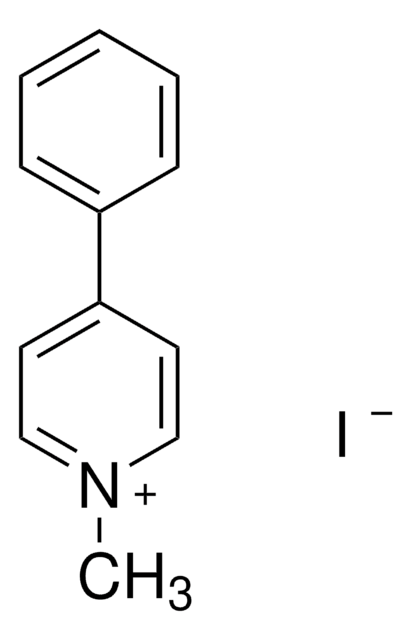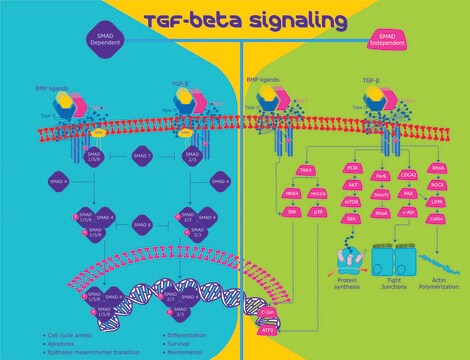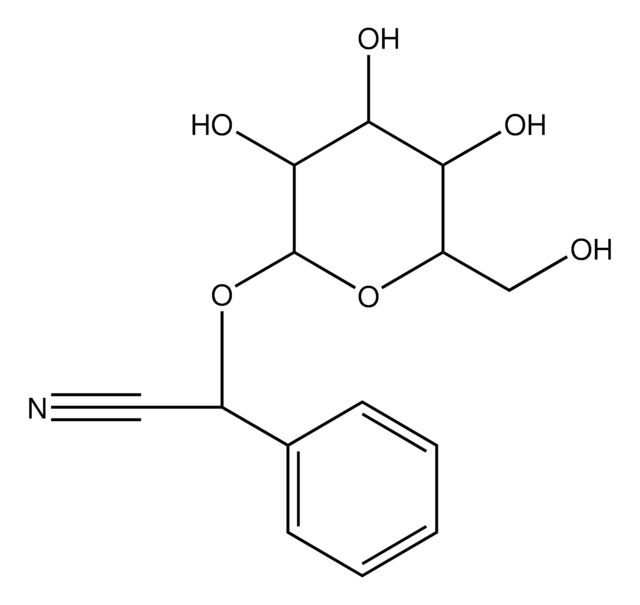M103
1-Methyl-4-(2′-methylphenyl)-1,2,3,6-tetrahydropyridine hydrochloride
solid
Sinónimos:
2′-Methyl-MPTP hydrochloride
About This Item
Productos recomendados
form
solid
Quality Level
color
white
solubility
H2O: soluble
ethanol: soluble
SMILES string
Cl[H].CN1CCC(=CC1)c2ccccc2C
InChI
1S/C13H17N.ClH/c1-11-5-3-4-6-13(11)12-7-9-14(2)10-8-12;/h3-7H,8-10H2,1-2H3;1H
InChI key
QLIQCKBPYIWPTE-UHFFFAOYSA-N
Application
Biochem/physiol Actions
signalword
Danger
hcodes
Hazard Classifications
Acute Tox. 3 Oral
Storage Class
6.1C - Combustible acute toxic Cat.3 / toxic compounds or compounds which causing chronic effects
wgk_germany
WGK 3
ppe
Eyeshields, Faceshields, Gloves, type P2 (EN 143) respirator cartridges
Elija entre una de las versiones más recientes:
¿Ya tiene este producto?
Encuentre la documentación para los productos que ha comprado recientemente en la Biblioteca de documentos.
Los clientes también vieron
Nuestro equipo de científicos tiene experiencia en todas las áreas de investigación: Ciencias de la vida, Ciencia de los materiales, Síntesis química, Cromatografía, Analítica y muchas otras.
Póngase en contacto con el Servicio técnico










